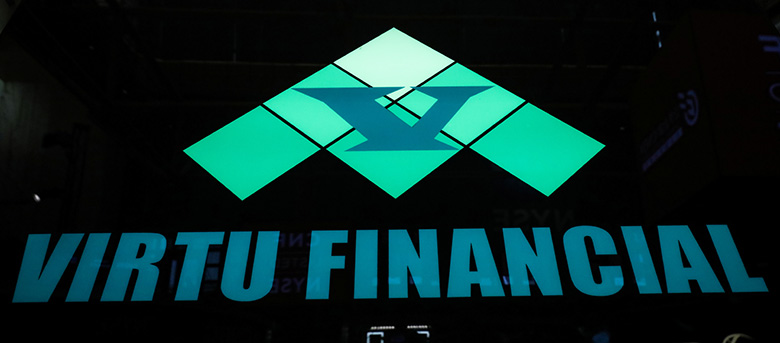In the month since Virtu confirmed it was buying ITG, the high-frequency trading shop has been at pains to stress it would not trade on its clients’ data once it had taken over the agency-brokerage and analytics firm.
Virtu CEO Doug Cifu has spoken about establishing a client data governance committee to ensure data is protected.
The acid test, though, will be the extent to which the institutional trading community is willing to continue to trade through ITG as a Virtu company.
|
Xavier Porterfield, |
Xavier Porterfield, head of research at New Change FX (NCFX), reckons inertia will favour the newly expanded business, observing that the institutional trading community is conservative and generally loath to change trading practices.
On the other hand, Virtu is a market maker and in principal markets – such as FX, where it takes the other side of customers’ trades – there are services that ITG offers (such as transaction cost analysis) which it might be prudent for customers to source from elsewhere, he adds.
“It all depends on how transparent Virtu is about how it treats, stores and accesses client information,” says Porterfield.
Virtu’s past form as one of the first high-frequency trading firms to realise there was more to be gained from providing solutions to the market – supplying its expertise to re-aggregate liquidity rather than using its technological superiority to simply jump head of orders – bodes well for its likely approach to this issue.
Bullish
|
Spencer Mindlin, |
Spencer Mindlin, a capital markets technology analyst at research and advisory firm Aite Group, is bullish on the prospects of the merged organization, citing the experience of Virtu’s acquisition in 2017 of US market-making and trading firm KCG Holdings, which was itself the result of a merger in 2013 of Knight Capital Group and Getco.
“Virtu has relationships with wholesale firms and its KCG acquisition brought a lot of direct retail flow from the likes of Schwab and Fidelity,” says Mindlin.
“It has been battling negative perceptions of high-frequency trading for years, but the reality is that electronic trading has lowered costs for both retail and institutional customers.”
Indeed, Mindlin suggests the majority of high-frequency trading strategies are simply modern-day versions of what exchange specialists used to do more slowly and at much greater cost.
“We have heard of ITG competitors approaching the buy side and asking institutions how they feel about using ITG now Virtu is behind it,” he adds.
“However, the reality is that the buy side needs the sell side to commit capital and the buy side needs market makers to provide liquidity.”
In addition, the buy side generally views ITG positively for its cutting-edge technology and talent, which is likely to have limited the negative fallout from the recent announcement of a $12 million settlement with the SEC relating to the use of its dark-pool platform.
“With banks no longer filling the traditional roles of market making, firms such as Virtu, Citadel and Susquehanna have become the primary source of liquidity, and Virtu is positioning itself to be even more of a significant player over the longer term,” says Mindlin.
He expects Virtu to bring innovations and services directly to the buy side through the ITG channel.
Hot topic
Concerns over who has visibility over buy-side trading activity will remain a hot topic not just for clients but possibly also regulators, according to Forex Datasource managing director and founder Javier Paz.
“It used to be relatively easy to tell what an entity was – bank, buy-side firm, technology vendor,” he says.
|
Javier Paz, |
“However, over the past decade these lines have become blurred and the Virtu-ITG deal should be seen in the context of State Street’s purchase of BestX and Charles River, and Blackstone’s majority stake in Thomson Reuters’ FX franchise.”
Paz suggests that the full impact on over-the-counter FX remains to be played out.
“For example, [those acquisitions] may cause the buy side to add a layer of complexity to mask their footprint vis-à-vis firms that see their trading activity,” he says.
As to whether Virtu can become a dominant market maker, the success of non-bank firms in the spot market and the potential for similar disruption in options market suggest its prospects are rosy.
“Banks continue to retrench and pull capital away from market making, allowing space for non-bank participants to win market share,” concludes Porterfield at NCFX. “Currently, their path to growth is highly correlated with the appetite of clearing institutions to provide credit that clients can trade with.
“However, the growth of distributed ledger technology suggests the obstacle of credit is going to diminish.”


 Signal2forex.com - Best Forex robots and signals
Signal2forex.com - Best Forex robots and signals




